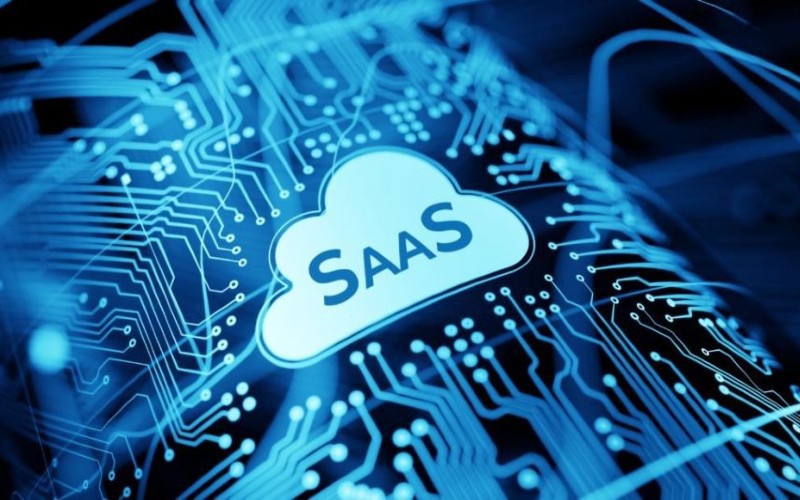
Even though the technology world is increasingly focused on the phenomenon of software as a service in the “cloud”, many executives I speak with are still not familiar with the term SaaS.
SaaS is closely related to ASP (Application Service Provider) and on-demand computing software delivery models. SaaS's hosted application management model is similar to ASP, in which the provider hosts the customer's software and delivers it to authorized end users over the Internet.
In the software-on-demand SaaS model, the provider offers customers network-based access to a single copy of an application that the provider has created specifically for SaaS distribution. It is a software delivery method that allows data to be accessed from any device with an Internet connection and a web browser. In this web-based model, software vendors host and maintain the servers, databases and codes that make up an application.
SaaS eliminates the need for organizations to install and run applications on their own computers or in their own data centers. This then eliminates the expense of hardware acquisition, provisioning and maintenance, as well as software licensing, installation and support. Other benefits of the SaaS model include:
Updates: With the software installed on the server, it can be updated centrally, unlike the traditional model where the software would need to be updated on each machine. In other words, the SaaS can easily be maintained with the latest software version at all times.